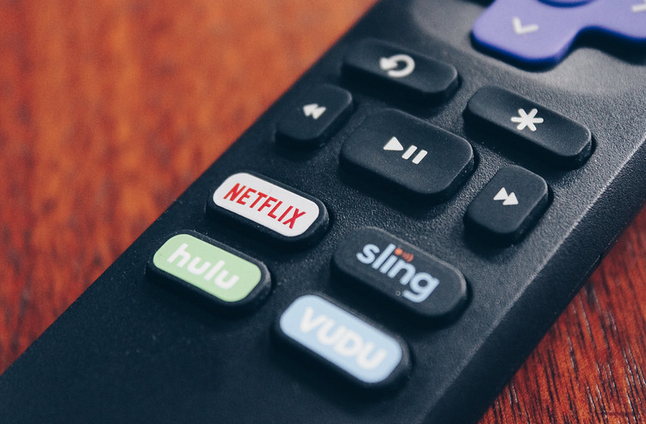Mirroring as a future alternative to TV Smart functionality
April 2, 2024

The earliest of what we now consider smart TVs were first introduced around 2010. The usefulness of these systems when combined with an increased reliance on streaming quickly made them popular, to the point where smart functionality is now considered necessary. As useful as smart systems built into TVs are, however, they’re not without their limitations.
With third-party devices addressing some of the weaknesses of smart TVs, there’s also considerable potential left unexplored in smartphone support. These ubiquitous communication and entertainment tools offer immense advantages that bypass many of the limitations of smart TVs. With a little adjustment, they hold potential as a new status quo, but how could we bridge this final gap?
The Limitations of Smart TVs
As helpful as smart TVs are, they’re not perfect in catering to user needs. Issues commonly tied to smart TV systems include:
· No upgrade paths
· Limited app selection
· Clunky interface control
· Difficulty switching between television setups
Every time you buy a TV, the hardware within a TV is locked to that system. It’s not like a PC where you can switch out components for more features and performance, what you buy is largely what you get. While software and firmware updates can increase the longevity of a system, it will inevitably become outdated.
App selection is a problem because of the way licensing and firmware operate with smart TV platforms. While some big apps like Netflix or Spotify are developed to operate across many operating systems, anything niche is much more complicated. This can leave big blanks in software availability that is frustrating to manage.
Slow or frustrating interface control is the natural result of using a television remote for input. Unlike the ease of touch screens or keyboards, controllers are slow and often include input latency which makes them even less ideal to work with.
Finally, since smart TVs are treated as discrete units, there’s no simple way to transfer all of your setup between different devices. This is especially true if you’re travelling, where each new smart TV you use will require the re-entry of user data and the ever-frustrating password-remembering or recovery processes.
“netflix button” (CC BY 2.0) by stockcatalog
Existing Third-Party Smart TV Technology
Acting as a part-way solution to the limitations of smart TVs are third-party devices with smart functionality. These plug into an HDMI port, and essentially bypass a TV’s natural smart systems to introduce their own operating system platform. Adapters like Google TV and Roku TV are standout examples, having seen major success in their various iterations.
These adapters can be bound to accounts, so upgrading to a new model can allow you to transfer data. They tend to have a broader app selection, and they can be more easily (but not perfectly) transferred between TV sets. Their interface control is also limited, but they still illustrate a stop-gap measure between traditional smart TV setups and the potential of new smartphone solutions.
The Smartphone Solution
The basis of potential in smartphone to smart TV solutions stems from screen mirroring. Screen mirroring was once quite popular, with 40 per cent of users back in 2013 aware of the mirroring potential. Since then, we’ve tended to overlook mirroring in favour of smart TV functionality, but it might be time for this to change.
A proper software setup on smartphones accessible through screen mirroring could solve all the issues of smart TVs, and introduce new potential. With a smartphone base, you would effectively be upgrading each time you buy a new phone. Your app selection would be broad, interface control issues would be minimised, and you could quickly connect to any new TV without going through a complicated installation process.
You could also access the same content outside of apps on a smart TV that you would on a smartphone. Browsing and engaging with webpage-based entertainment, like exploring and comparing online casino platforms in the UK would be a perfect example. Collecting free spins and deposit matches on sites like Mr Vegas, Magic Red, and Pub Casino is simple on mobile, but it’s far more complicated on smart TVs if it’s possible at all. Connecting through a smartphone via more advanced and reliable mirroring solutions would bypass standard smart TV or adapter challenges, making for a more streamlined casino and general web-browsing experience.

The idea of connecting a TV to a smartphone is not new, it’s just an idea that we’ve tended to overlook since smart TVs grew more powerful. What we forgot is that as powerful as newer smart TVs and adapter solutions have gotten, smartphones have improved even more. Instead of continuing to try to force ill-fitting solutions, it might be time to turn back the clock and re-explore other methods. The potential for a more open and convenient way to engage with media is already at our fingertips, it’s only a matter of developers rebuilding bridges to open a path to a more streamlined and accessible future.
